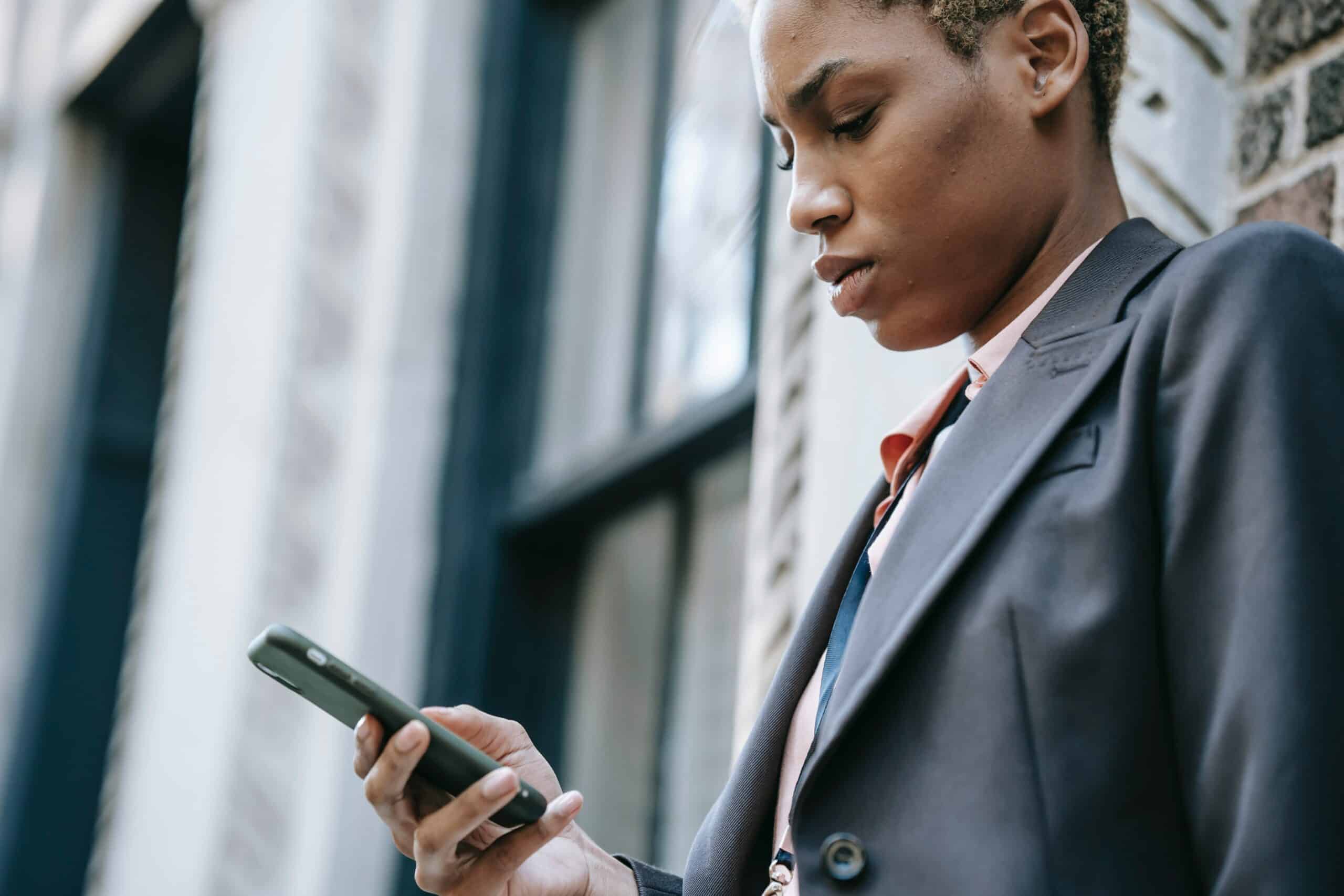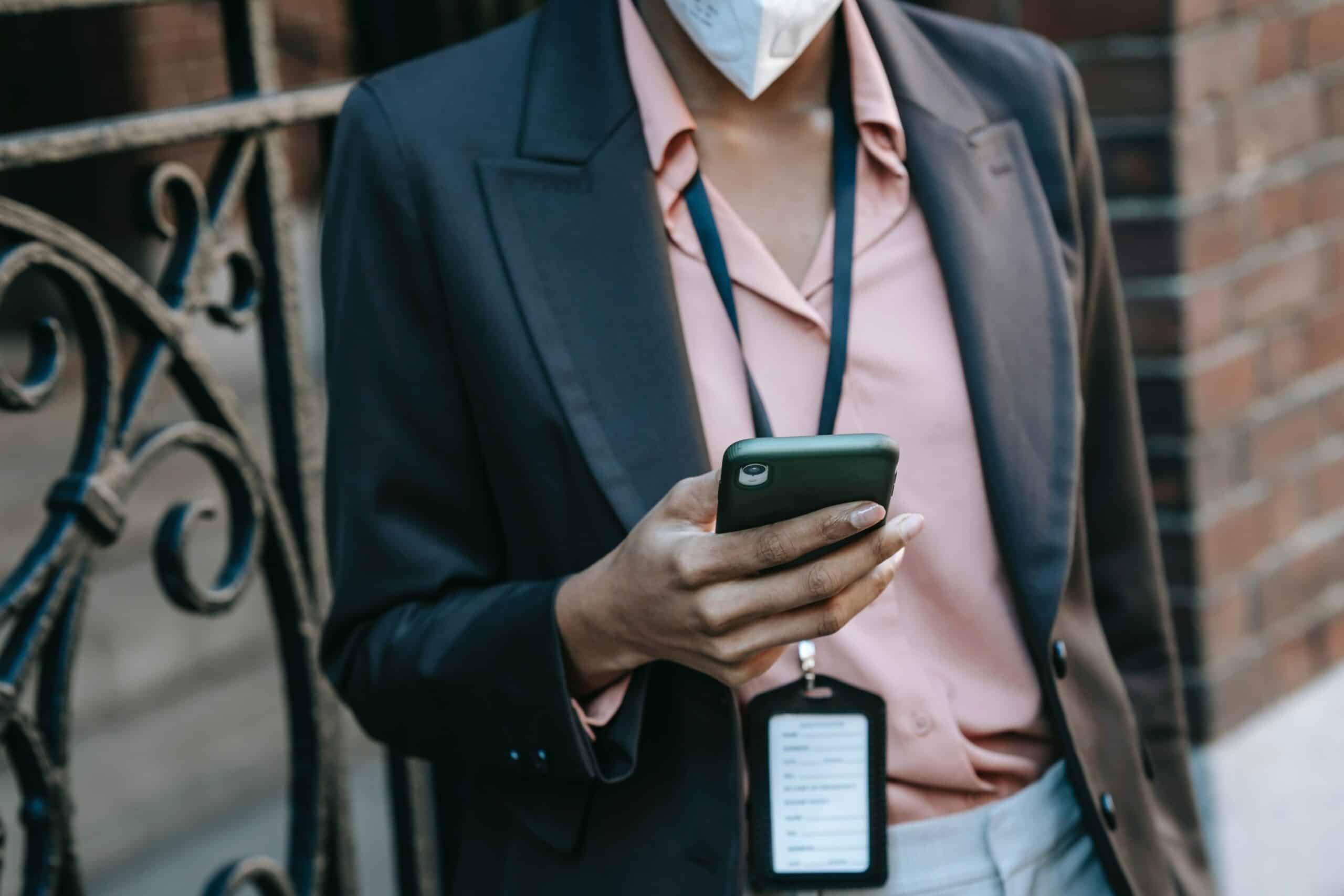
In-app messaging is becoming an effective method of communicating with valued customers. It is an excellent way for brands to inform customers and engage with them. In-app messages can boost click-through rates and generate customer satisfaction.

In-app messaging refers to messages delivered through the app just at the time the user is using it. Take note; in-app messages differ from push notifications.
The latter pops up on the user’s smartphone home screen, and they can choose to click through it or not. In-app messaging immediately gets the message across, and you can use it in the following:
Engagement throughout the consumer life cycle leads to many benefits. Companies that continue to engage with their customers reap noticeable results because of it. In short, In-app messaging is effective for people who want to boost customer engagement.
Better personalization leads to successful customer relationships based on trust and loyalty to the app. Here are the benefits of in-app messaging:
In-app messaging boosts customer engagement by letting customers reply to messages through the app directly. Data privacy is preserved, and there is less chance of confusion.
In-app messaging decreases SMS expenses. With more perks being featured, customers are most likely to use the app for longer. Having updated and relevant content also keeps the app from being uninstalled.
In-app messaging enables customers to ask inquiries within the application. Businesses can access data through the identification of customers’ accounts. Thus, there is no need to have repetitive information. Moreover, users no longer have to switch between various apps and browsers.
In-app messaging promotes better targeting as well. Tweak information delivery to match the context and expectations of users.
Subsequently, the buyer’s journey progresses with more chances of conversion because of personalized messages. And because they’re getting valuable information about the app, there will be lesser user frustrations too.
Use in-app messages to incorporate your brand’s logo and colors. Creative automation helps you produce large-scale brand-compliant creatives. What’s more, is that apps can now use advanced analytics to monitor their customers. It helps track the in-app activity of customers to see what gets their attention the most.

Lifecycle messaging means guiding prospective customers on the various stages of the buying journey. It focuses on aligning your product’s messages in context to what your user needs for each stage of the cycle.
Each stage must influence users to increase their engagement with your product. You can further customize in-app messages across the consumer lifecycle to start a call to action. Here are the different ways to use in-app messaging across the consumer lifecycle.
This is the first stage of the consumer lifecycle and it pays to do it right the first time. You’ll have to go all out with your strategies.
Driving users to use your products is crucial. Your customers should be aware of the value that your product offers. You’ll need brand presence and an informative but interesting description of what you offer at this stage.
New user onboarding allows you to leave a great first impression. You can ask relevant questions when new users sign up to your app. Asking questions about a user’s department and purpose can help segment users according to their job titles and aims. Another common practice is to ask the consumer’s interests to display categories that match their interests.
To complete the flow of onboarding, brands must make the most out of the following:
By this point, you’ve set the standard for their expectations. Thus, you’ll need to do more than maintain their loyalty to your brand. Keep them interested and invested with these tips.
The next stage helps you track users to keep using your product. Personalize your messages to show users that you are present and that you care for them.
First purchase discount messages can increase customer engagement. Persuade users to sign up by offering freebies. Focus on personalizing the following:
Personalizing your app to fit your customer location is a great marketing hack. Remember that your users are always looking at the product that you offer. If they could relate the importance of the product to where they are located, you can increase their engagement.
Add relevant vernacular messages on your platform to transition free users to paying customers. You can also promote the features and benefits of your product to encourage users to get an upgrade or subscribe to them.
Unique creatives can also attract more customers to buy your product or services. Increase the chances of having paying customers by:
Lost some previous customers? You can get them back again by taking the time to push for reactivation.
It’s common for companies to communicate with customers who have stopped using the product or service. As such, encourage them by making them feel needed and valuable. Let your customers want the product or service back in their life by presenting new content and product advantages.
Determine user engagement by checking their account settings and customer activity. Here are some things you can do to promote user excitement with your product:
Cart content is a signal that they are still deciding on whether or not to purchase the items. It’s by far the closest you can get to an actual sale so take time to remind them.
You can use cart content in push notifications to constantly remind your customers of your presence. It can be via email, pop-up, or text message. Although it’s not good to overdo it, subtle pushes like these will keep you at the forefront of their mind.

Personalized in-App messaging makes your customers feel that the product or app is created specifically for them. It promotes a better user experience and increases the opportunity of having loyal customers.
When a customer engages with a product, your goal is to impress them through personalization. Consumers expect brands to use their purchase history to gain better purchasing experiences. It can come in various forms.
Customization aids users in finding what they need and encourages them to come back again. You can provide product recommendations using previous purchasing behaviors as a basis. Another option is to coordinate feeds and social activity. Here are the best practices of in-app messaging:
Send personalized messages to particular segments instead of creating notes for all app users. By using this method, you can ensure that customers pay attention to the messages they get.
You can expect to get better engagement rates. Consider also using messages with guides for app usage. Customers that achieve different milestones can get personalized messages as a form of celebration.
You can also apply this method whenever they increase their purchasing level and add incentives to boost engagement.
Converse with customers using in-app messages, ask them to do surveys, and maximize chat usage in the time that your target audience is most available. You don’t want to bother them with a long survey when they’re rushing to work at 8:00 am.
It is recommendable to schedule in-app messages when customers open the app or when they are about to leave. No one likes interruptions while using apps, so timing is critical.
Keep your in-app messages authentic, short, concise, and straight to the point. You have a limited space and user attention, so choose your words wisely. Avoid overcrowding in your messages, as this can be overwhelming and unpleasant.
Use headlines, subheadings, and visuals as necessary. These displays can help in forming concise copies. Ensure that the font headlines are more prominent than the other text on a page to catch user attention. It focuses the attention of readers on the highlight of a page.
The subheading should be smaller but still be noticeable compared to the average message text. Maximize the use of images and emojis in in-app messaging. Posts with pictures and emojis generate more user engagement compared to posts that only contain text.
Ensure that the page or app design still comes out with a clean look after mixing text and images. Visuals should encourage more readers to check out your content and read your messages. Moreover, you can beat boredom and bounce rates with a cool and interactive design.
It is recommendable to use only up to two to three colors for in-app messages. Try incorporating the colors of your brand. Ensure that the colors that you use will also match your company logo.
Avoid in-app messages that are excessive in color as this can be distracting to customers. Stick to more simplistic color schemes.
Consider the message that you want to relay. The message should include a call to action. You can use a CTA button containing two to three words with a color that catches attention.
Testing is essential in every in-app message. Perform A/B testing first before sending any form of in-app message. While testing various elements, keep in mind to alter one variable at a time. This variable can be in the form of text, image, placement, and a call to action.
You can send various versions to small clusters of customers to see which generates the best response. It is best to use up to three versions to test different groups to see which suits them best.
In-app messaging supports and increases customer satisfaction beyond the usual maintenance and engagement rate. With an effective in-app messaging strategy and system, you can aid long-term or even life-long customer turn-ons and transactions. It even switches up your consumer lifecycle.
Putting effort into your in-app messages shows you care for your app users. A personalized message is a great surprise that can help in developing excellent relationships with your valued customers. Invest in in-app messaging today!